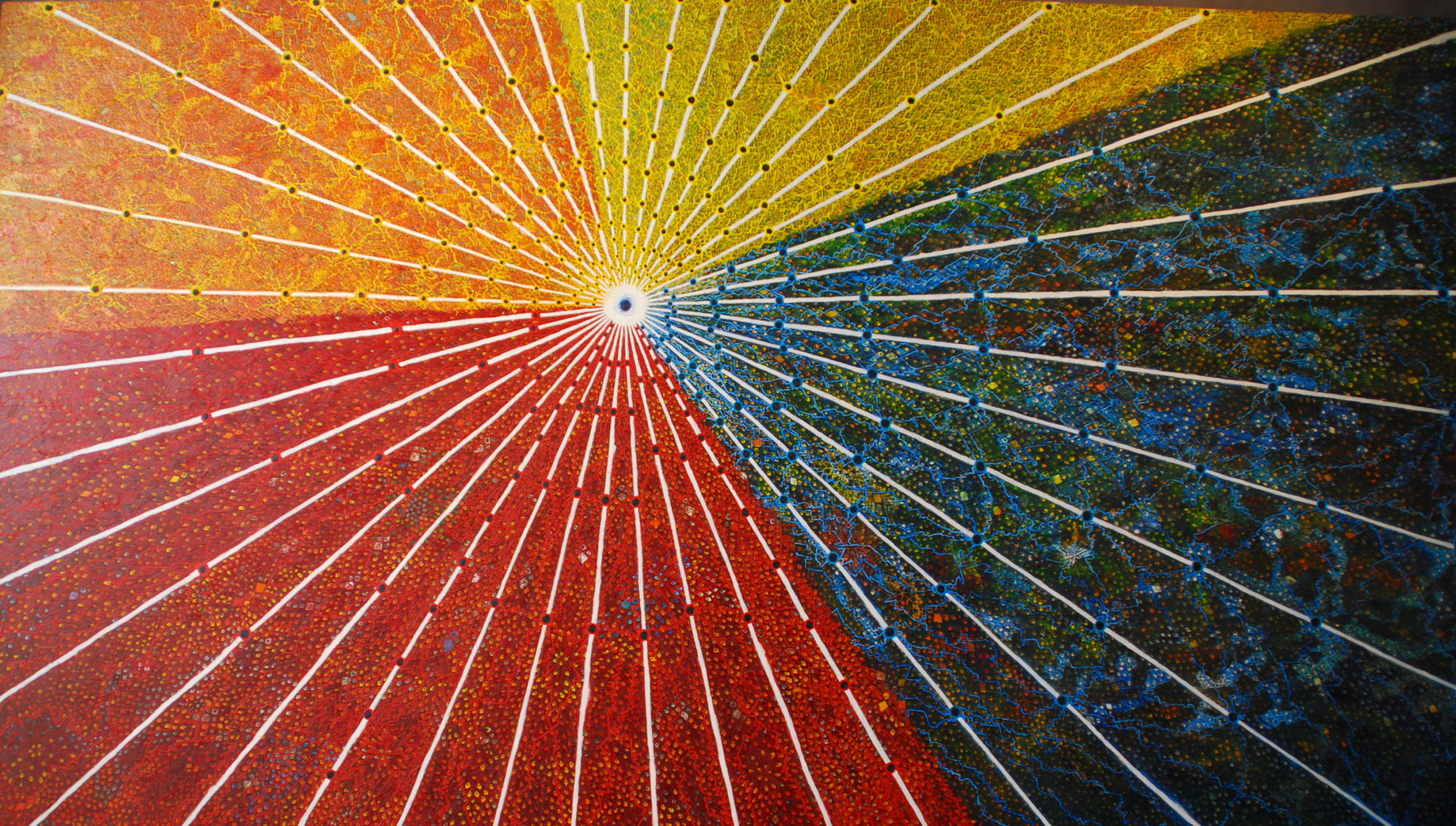As I was surfing through the archives, reminiscing, I came to December 2008/January 2009 and did a double take. No Cusco pictures? None? Zero? Zip? How could that be? Cusco was beautiful. It was interesting. It was definitely photogenic. I looked again. And then I remembered. Oh yeah, Ispent the first part of our time in Cusco with my head over the toilet, held hostage by a stomach virus. And then there was the fact that my brother Gregory was visiting, and we enjoyed his real live presence so much that we didn’t feel any need to get online. After that, well, we kept traveling and things kept happening and there was so much that we wanted to share that lovely, lovely Cusco was neglected.
I’m here now to make up for that. To beg the forgiveness of this breathtaking (and yes, I do mean that literally) city. For this Photo Friday edition of Lives of Wander, I present Cusco and the surrounding countryside.
An aerial view of Cusco, a sea of red roofs tucked into the valley.
Cusco’s main plaza, Plaza de Armas, as seen from the hills above the city. Lushly landscaped and surrounded by shops, restaurants, and historic buildings, the plaza is always crowded with both locals and visitors.
The Cathedral of Santa Domingo has a place of prominence in the Plaza de Armas. The cathedral sits on a foundation of an Incan temple destroyed by Spanish colonizers. If you look closely, you’ll notice that this is true of many of Cusco’s buildings.
Though I enjoyed the architecture of Cusco in its entirety, I particularly loved the balconies, both those that were intricately carved and the more simple ones lining the streets.
Souvenirs and necessities are sold side by side in the Cusco market.
Intricately decorated gourds are sold by the mound.
Though the traditional dress of the women in this photo is still worn by many Quechua people, many of the people you find in Cusco in such attire are wearing it in the hopes of making a few bucks off tourists who want to take their photos or pose with their llamas.
Just a short bus ride from the city center, life is rural. Farms here are necessarily small as the mountainous terrain makes it hard to find suitable land for growing.
There was something a little bit surreal to me about this bright yellow VW bug parked on a hillside in the Cusco countryside just a few hundred yards from a set of Incan ruins. I love strange juxtapositions and the reminder of the way life marches on.
 A large statue of Jesus stands above the city, guarding Cusco.
A large statue of Jesus stands above the city, guarding Cusco.
While down in the city, the baby Jesus is attended to by Mary, Joseph, and a llama. (We were in Cusco the week after Christmas.)
If you’re planning to hike the Inca Trail or one of the alternative trails to Machu Picchu, be sure to pad your schedule so that you’ll have a few days in Cusco. Besides needing those days to get used to the high altitude, you’ll find that your days will be packed simply exploring Cusco and the nearby villages and Incan ruins. Though Cusco is certainly a very touristed city, it didn’t, at least to me, feel touristy.
For more Photo Friday posts, be sure to check out the links from Delicious Baby.
***Photos 1 (Aerial view of Cusco), 3 (Cathedral of Santa Domingo), 4 (Carved Balcony), 5 (Street of Balconies), 6 (Cusco Market), and 7 (Gourds) are courtesy of my brother Gregory Dowell, who traveled with us to Cusco. See more of his excellent photography, including images from Chicago’s recent Thunder Blizzard on his blog.




















































































You must be logged in to post a comment.